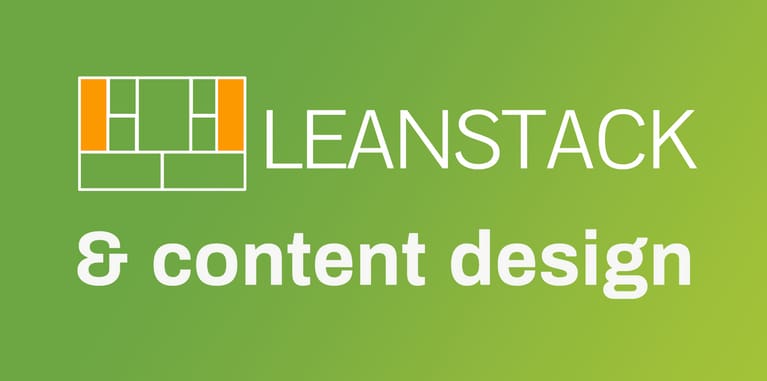We’ve had Ash Maurya for a training session at Liip. He’s the founder of leanstack and created the Lean Canvas. He’s known for approaching product development radically different: no to waterfall, no to agile over to continuous development. As a content strategist and ux writer, I am not directly involved in product development. However, his framework will greatly affect my mindset and the way I work. Here are my learnings — may they inspire your work as well.
Note: The following is my understanding of the principles Ash Maurya teaches. They don’t necessarily reflect Ash’s perspective.
Mindset hack #1
Winning users is our priority
“First: get customers.” Ash says. Because no one is asking anymore, how many features a product has or how well a product works. Investors want to know how many users a product’s already got. For us writers this means, radically focus on benefits. Fancy features? Don’t mention it. Pretty logo? Not a priority. Beautiful pictures? Not a necessity. Radically focus on communicating value to win first adopters and get traction fast & early. Then you can add the other stuff.

Mindset hack #2
The process is the product
Writers love creating content. We’re makers. We get things published. And thus, we see content as our product. But in today's world, this approach slows us down. Rather than seeing the sales page, the blog-post or the how-to article as our product, we should see the editorial plan as our product and focus on that. Meaning the editorial plan constantly evolves and pivots. What content are users looking for? What are they spending time on? What leads to conversion? These questions will shape our editorial plan and serve our customers directly.
“When there is lots of uncertainty, you need dynamic models, not a static plan.”
– Ash Maurya
However, from a content strategist perspective, I’d add that while being incredibly flexible in adapting to the outside world’s needs, staying true to our mission plays an important role as well. Let’s say we’re a bank, and we’re building a community of young investors. Of course, it would be interesting to discuss cars in this group of like-minded people. But knowing our core — modern banking — we won’t take up on this topic.* However, when a new digital currency emerges, we will immediately talk about as it’s what our users want but also fits our mission.
- *I asked my team-mates to give me feedback to this article. Thomas added an interesting point here: you should talk about such things, but in small doses, to increase your authenticity and strengthen the emotional ties with your clients. And Thomas has a point. However, I guess you get what I wanna say about keeping your course.
Mindset hack #3
Tackle the riskiest assumptions first
Ash teaches us to make a distinction between what's risky and what’s important. His example was that logo design is important, it needs to be done. But it’s not risky. Getting customers who use the product is risky. So, he suggests analyzing what’s risky and tackle that first.
For me, as a writer, this means to go create stuff, even if not perfect and then go from there. Especially in writing, sometimes every word counts. A single word can make a difference whether users abandon a shopping experience or go all the way and buy. So as writers, we’re trained to get it perfect. Actual money depends on it. However, before getting lost in details, I learned from Ash, that there is lots to be said about just creating content and then go from there. Continuous growth is how Ash calls this approach. First get it done and out, and then get it right. And possibly do some testing in between.
Mindset hack #4
Distinguish between a single feature or a complex product
Ash teaches us to learn to identify if an idea is just a new feature or if it’s truly a new product. In content design, I often face a similar situation, although on a much smaller scale. Someone comes to me with a screen they want me to fix. Approaching this request with Ash’s distinction between feature and product can come in helpful here. Is this just a quick-fix spell-check or does this screen and its writing impact the overall outcome? Has a problem been solved, and I just have to re-write it, so it sounds nice or do we have to look at the overall product? If you spell-check a screen, and discover a major flaw in the user flow, it can quickly become expensive. And it’s our job as content designers to spot such errors. On the other hand, opening a potential Pandora's box when there was just the need to replace the word can get costly too.
I’ve skipped Ash’s main teaching, the Lean Canvas in this post and focused on what’s relevant to me and my work. That doesn’t pay justice to his school of thought but will bring me forward. And isn’t that exactly what he teaches?
Thanks to Jonathan, Thomas and Sara for feedback and Ash for the images and of course, the insights. This article wouldn't be possible without you!

